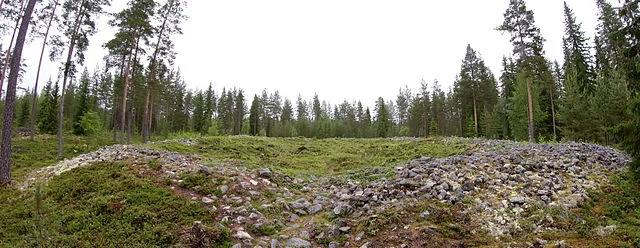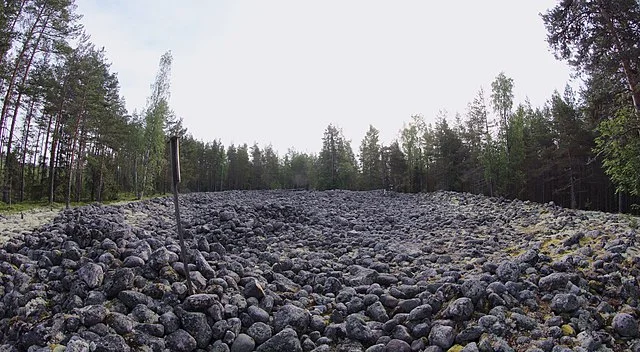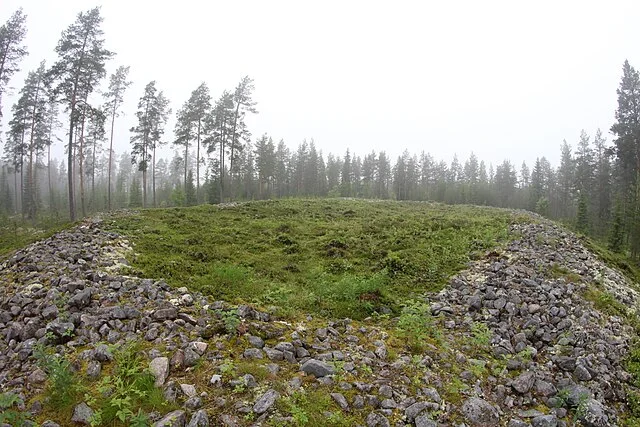Giants’ Churches are large stone burial structures found in Finland, particularly in the regions of Ostrobothnia and Swedish-speaking coastal areas. These structures date to the Neolithic period, between 3500 BC and 2000 BC. Built by the early inhabitants of the area, they are commonly referred to as Jätinkirkko (Finnish for Giants’ Churches), a name that comes from local legends attributing their construction to giants. Despite the mythological association, archaeological research suggests they were built by early farming and hunting communities.
Get your dose of History via Email
Construction and Structure

The Giants’ Churches are primarily rectangular or oval stone enclosures. The size of these structures is impressive, often reaching over 100 meters in length. The stones used in construction are large, with some weighing several tons. They were placed without the use of mortar, relying on the careful arrangement and balance of stones to form solid walls. Some of the enclosures have central stone platforms or chambers, likely used for ritual purposes.
These structures were often located on elevated grounds, possibly to signify their importance. However, there is no clear evidence that they were used as dwellings or defensive structures, as some earlier interpretations suggested.
Purpose and Use
Archaeologists debate the purpose of Giants’ Churches. The most widely accepted theory is that they were burial and ritual sites. Excavations have uncovered evidence of cremation remains and grave goods, supporting the idea that they served a ceremonial function. Their size and monumental nature may have symbolized the status of the individuals or groups buried within.
Another theory suggests that they were related to astronomical observations. The orientation of some Giants’ Churches aligns with the sun’s path, particularly during solstices. This connection to solar events might indicate that the builders had a deep understanding of celestial cycles, and the structures could have served as calendars or markers for important agricultural periods.
Cultural Significance

The Giants’ Churches hold significant cultural value in Finnish history and archaeology. They provide insight into the early Neolithic societies in northern Europe and their burial practices. Additionally, the structures reveal information about the social organization of these early farming communities. The construction of such large-scale monuments suggests that these societies had the ability to mobilize labor and resources for communal projects.
The mythological association with giants reflects the long-standing local folklore surrounding these structures. Over time, the legends became intertwined with the history of the area, shaping the cultural identity of the people who lived near them.
Excavation and Study
The first archaeological investigations of Giants’ Churches began in the late 19th century. Since then, researchers have conducted multiple excavations to study these structures more closely. The results of these excavations have greatly expanded knowledge about the builders, their burial customs, and the broader cultural landscape of the Neolithic period in Finland.
The study of these structures continues today, with modern techniques like ground-penetrating radar and digital mapping enhancing our understanding of their construction and purpose. Ongoing research seeks to uncover more about the social and religious lives of the people who built and used these monumental sites.
Conclusion
Giants’ Churches remain an important aspect of Finnish archaeology and early European history. These Neolithic stone structures provide valuable information about burial practices, social organization, and religious beliefs. Although their exact purpose is still debated, evidence suggests they were burial sites with possible astronomical significance. As research continues, Giants’ Churches will continue to shed light on the lives of ancient northern European societies.
Source:

